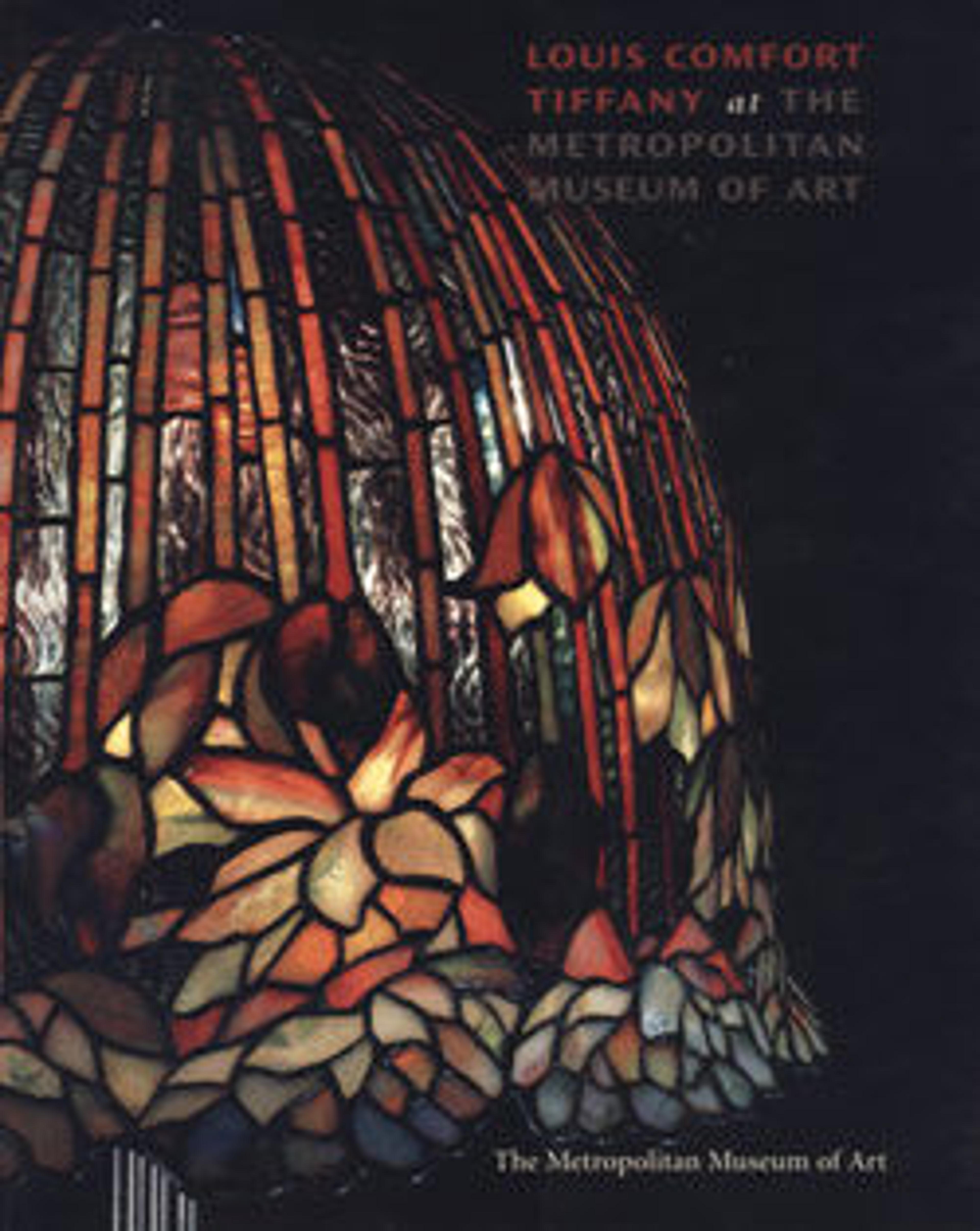Armchair
This unusual armchair is one of two that survive from H. O. Havemeyer's library, also called the Rembrandt Room. The Havemeyer house at 1 East 66th Street, New York City, completed in 1892, was a uniquely conceived home. Tiffany and Colman incorporated numerous exotic influences in these interiors, including Japanese, Chinese, Moorish, Viking, Celtic, and Byzantine. The prevailing theme of the room was derived from Celtic, Viking, and other medieval sources, echoed in the low-relief carved ornament and embroidered designs on the chair. As Mrs. Havemeyer recalled in her memoirs, the covering of different shades of smooth olive green plush was "quilted with various colored silks, also in a Celtic design to correspond to the carvings of the woodwork and chairs."
Artwork Details
- Title:Armchair
- Maker:Louis C. Tiffany (American, New York 1848–1933 New York)
- Maker:Samuel Colman (American, Portland, Maine 1832–1920 New York)
- Date:ca. 1891–92
- Geography:Made in New York, New York, United States
- Culture:American
- Medium:Oak, silk velvet
- Dimensions:45 x 28 x 25 1/2 in. (114.3 x 71.1 x 64.8 cm)
- Credit Line:Purchase, Harry W. Havemeyer and Frelinghuysen Foundation Gifts, in memory of H. O. Havemeyer, 1992
- Object Number:1992.125
- Curatorial Department: The American Wing
More Artwork
Research Resources
The Met provides unparalleled resources for research and welcomes an international community of students and scholars. The Met's Open Access API is where creators and researchers can connect to the The Met collection. Open Access data and public domain images are available for unrestricted commercial and noncommercial use without permission or fee.
To request images under copyright and other restrictions, please use this Image Request form.
Feedback
We continue to research and examine historical and cultural context for objects in The Met collection. If you have comments or questions about this object record, please contact us using the form below. The Museum looks forward to receiving your comments.
